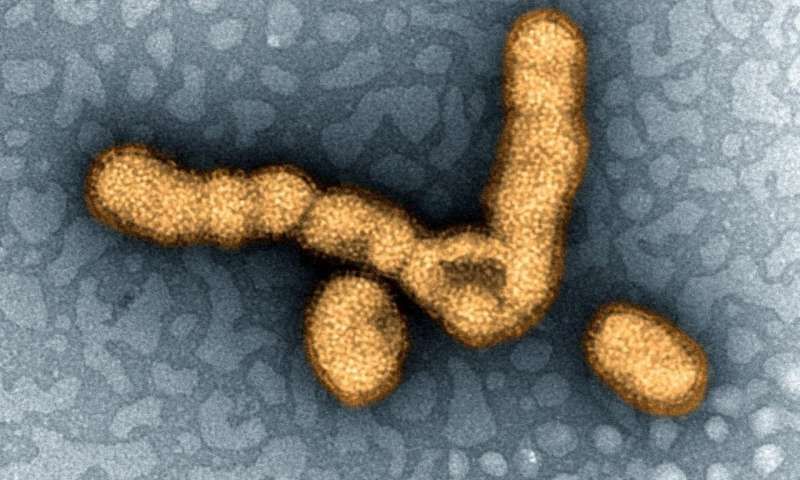
Pigs are considered to be an important host or "mixing container" for the production of pandemic influenza viruses. Systematic surveillance of swine flu viruses is essential for early warning and prevention of the next pandemic.
Research teams from many Chinese institutions (such as China Agricultural University, Shandong Agricultural University, and China Center for Disease Control and Prevention) and US institutions showed evidence of a new type of swine flu that may pose a threat to humans. I have discovered that the group’s paper published in the "National Academy of Sciences Minutes" (National Academy of Sciences meeting) conducted large-scale experiments on pigs in China and people known to be close to pigs and their people. I explained the results of the research.

Media reports around the world say that Chinese researchers have discovered a new type of swine flu, which may cause a flu pandemic, but the world is still a global coronavirus pandemic. Suffering from these reports may exaggerate the threat. According to the scientists, this new strain, called G4EAH1N1, is similar to the virus that caused the 2009 pandemic (pdm/09), but binds to humanized receptors and causes more cells in human respiratory epithelial cells. produce. It replaces viruses and shows effective infectivity and aerosol transmission in ferrets. But this has not yet shown the ability to spread among humans, which obviously cannot meet the requirements of the pandemic.
The research of this group of scientists is part of an ongoing project in China. Medical staff often test domestic pigs for the virus, hoping to be found before it can spread to humans and spread. In their paper, the researchers focused on testing between 2011 and 2018, during which 179 strains of swine flu were found, most of which were G4 viruses. They also found that since 2016, the infection rate of pigs has risen sharply, and G4 is now the most common strain in Chinese pigs. We also found that the G4 strain contains the DNA of the 2009 H1N1 strain, which lags behind the pandemic that year. The low antigen cross-reactivity between the human influenza vaccine strain and the G4 recombinant EAH1N1 virus indicates that the existing human immunity cannot provide protection against the G4 virus. They found that 10% (35/338) of G4 infected humans, especially 18% of those diagnosed with active infection and known to have contact with infected pigs. The seroprevalence rate of 35-year-old children with G4 antibodies was 20.5% (9/44), indicating that humans based on the G4EAH1N1 virus are more infectious. This infectivity greatly increases the chance of the virus adapting to humans. What is worrying is that the G4 strain can continue to evolve, jumping from person to person, leading to epidemics and even pandemics. Researchers believe that the potential threat of the new swine flu virus strain is great, and preventive measures need to be taken. Because our researchers monitor the virus very carefully, China has already begun the first step of this prevention process. The next step is to develop vaccines before they are needed.